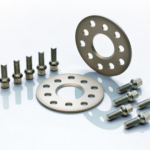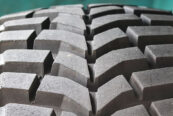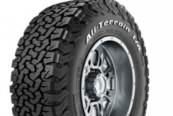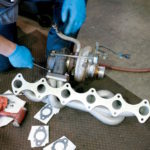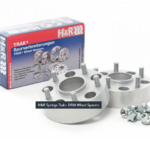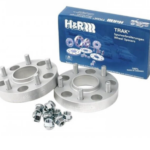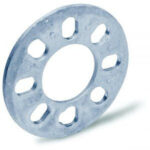Winter driving can be challenging, especially when the roads are covered in snow and ice. This is where snow tires come in. Snow tires are specifically designed to provide better traction on cold, snowy, or icy roads. They can make a huge difference in your ability to stay safe and in control while driving in winter weather conditions.
What are Snow Tires?
Snow tires, also known as winter tires, are designed with a special tread pattern and rubber compound that helps them grip the road in cold, snowy, or icy conditions. They are meant to be used in temperatures below 7 degrees Celsius and are designed to provide better traction on slippery surfaces such as snow and ice.
Snow tires are made of a softer rubber compound that stays flexible in cold weather, which improves the tire's grip on the road. The tread pattern on a snow tire is also different from that of an all-season tire. Snow tires have deeper grooves and more sipes (tiny slits in the tread blocks) that help to channel snow and water away from the tire's contact patch, which increases grip and reduces the risk of hydroplaning.
Benefits of Snow Tires
Investing in snow tires can provide a number of benefits, including:
1. Better Traction: Snow tires provide better traction on cold, snowy, or icy roads, which can help you stay in control of your vehicle and avoid accidents.
2. Shorter Braking Distances: Snow tires can reduce braking distances by up to 25%, which can be the difference between stopping in time or colliding with an obstacle in an emergency.
3. Improved Handling: Snow tires are designed to provide better handling in cold weather conditions, which can help you navigate corners and turns more safely.
4. Increased Safety: Snow tires can help prevent accidents, which can reduce the risk of injury or death on the road.
Types of Snow Tires
There are two main types of snow tires: studded and studless.
Studded snow tires have metal studs embedded in the tread that provide additional grip on ice. However, studded tires are not legal in all states and provinces, so it's important to check local regulations before investing in studded snow tires.
On the other hand, studless snow tires do not have metal studs and instead rely on the tread pattern and rubber compound to provide traction on snow and ice. They are quieter than studded snow tires and are legal in all states and provinces.
When to Install Snow Tires
The best time to install snow tires is before the first snowfall of the season. If you wait too long, you may not be able to find the right tires in stock or may have to wait longer for installation.
It's also important to remember to switch back to all-season or summer tires once the winter season is over. Driving on snow tires in warm weather can cause the rubber to wear out faster, reducing the tire's effectiveness and lifespan.
How to Choose Snow Tires
When choosing snow tires, consider the following factors:
1. Tire Size: Choose snow tires that are the same size as your vehicle's all-season or summer tires.
2. Tread Pattern: Look for snow tires with deep grooves and lots of sipes to provide better traction on snow and ice.
3. Rubber Compound: Choose snow tires with a softer rubber compound that stays flexible in cold weather to improve grip.
4. Price: Snow tires can be expensive, so it's important to consider your budget when making your selection.
Conclusion
Snow tires are an essential part of safe winter driving. They provide better traction, shorter braking distances, improved handling, and increased safety on cold, snowy, or icy roads. When choosing snow tires, consider the tire size, tread pattern, rubber compound, and price. By investing in snow tires, you can enjoy increased safety and peace of mind while navigating winter weather conditions.



